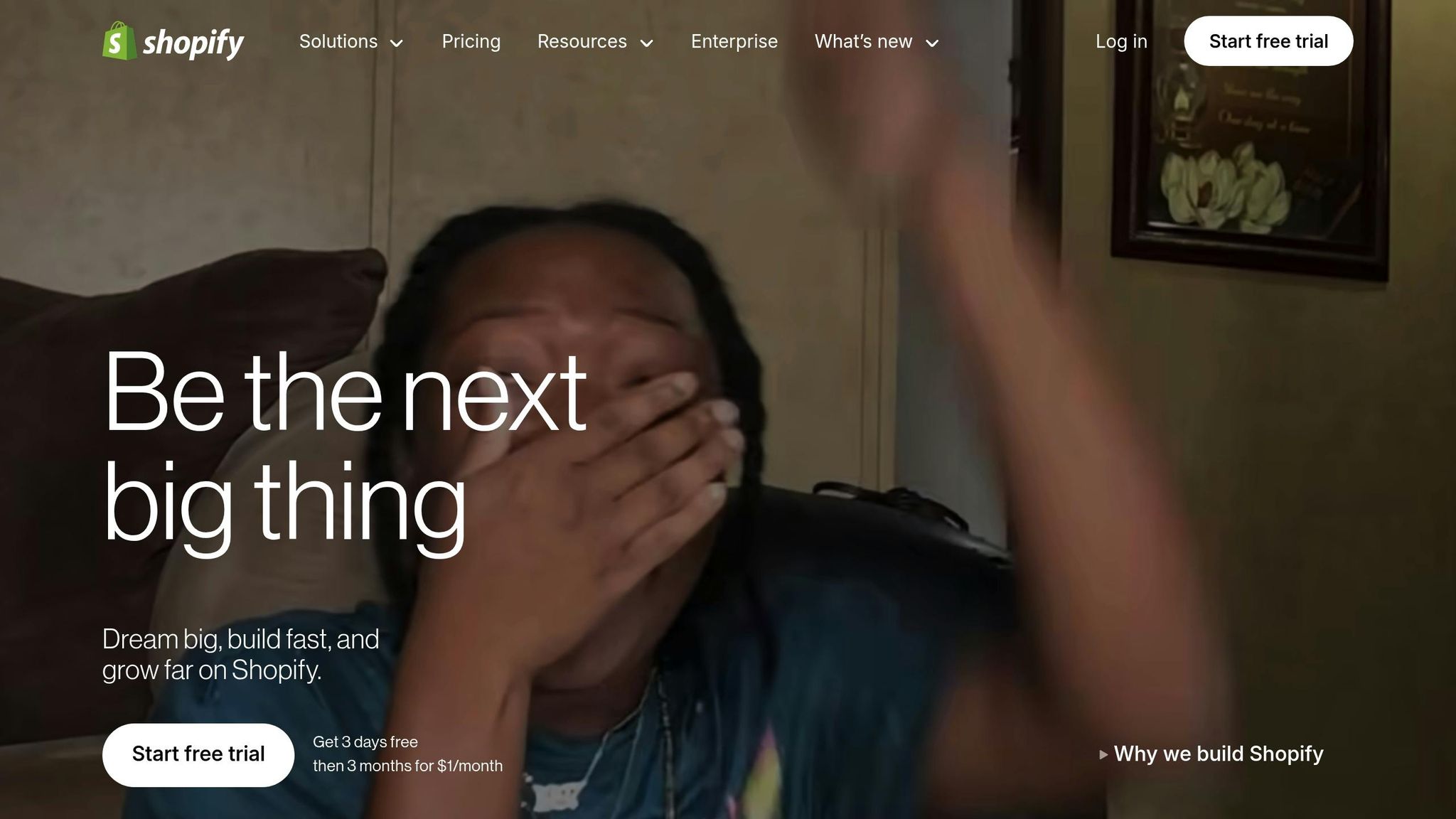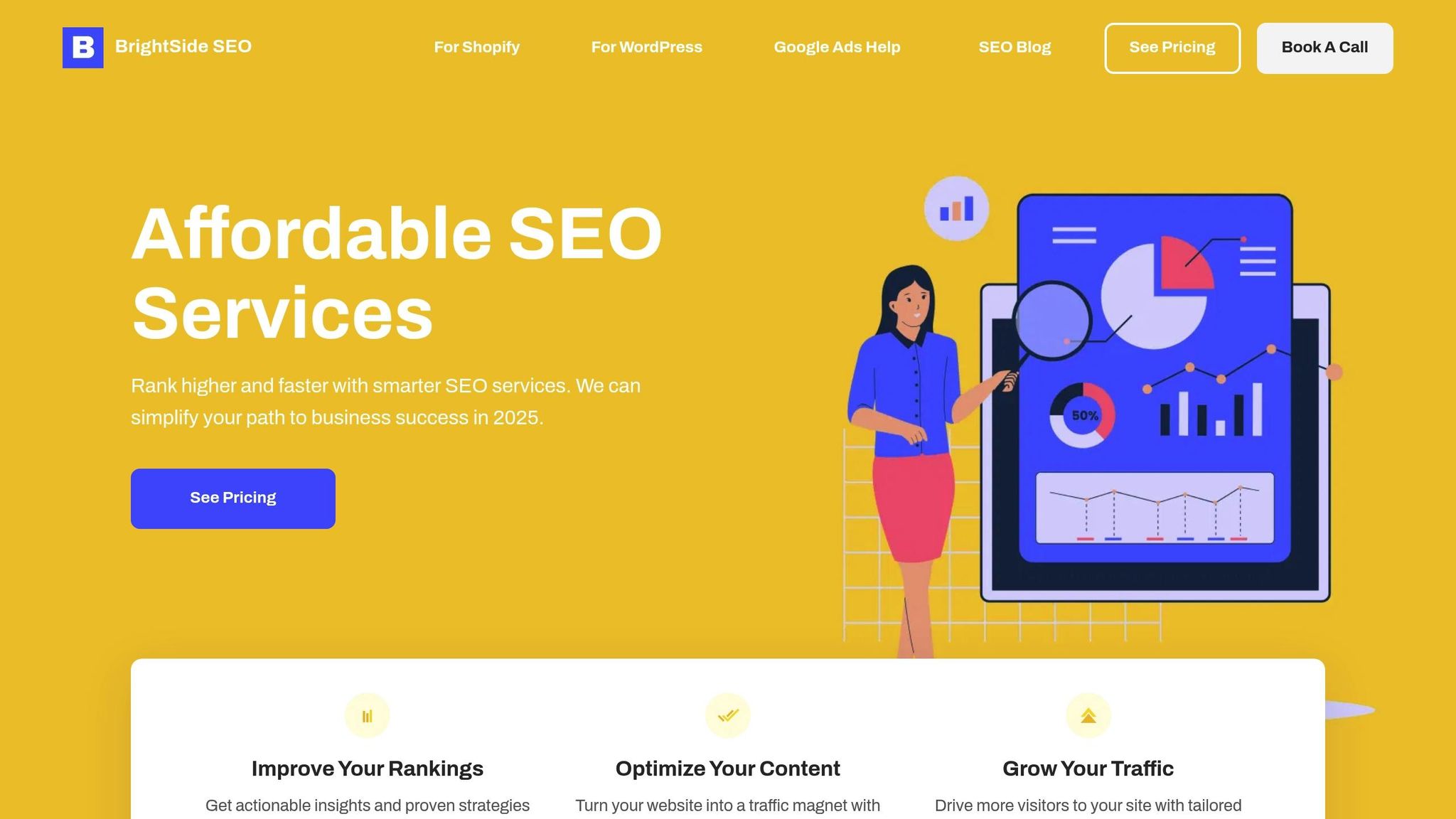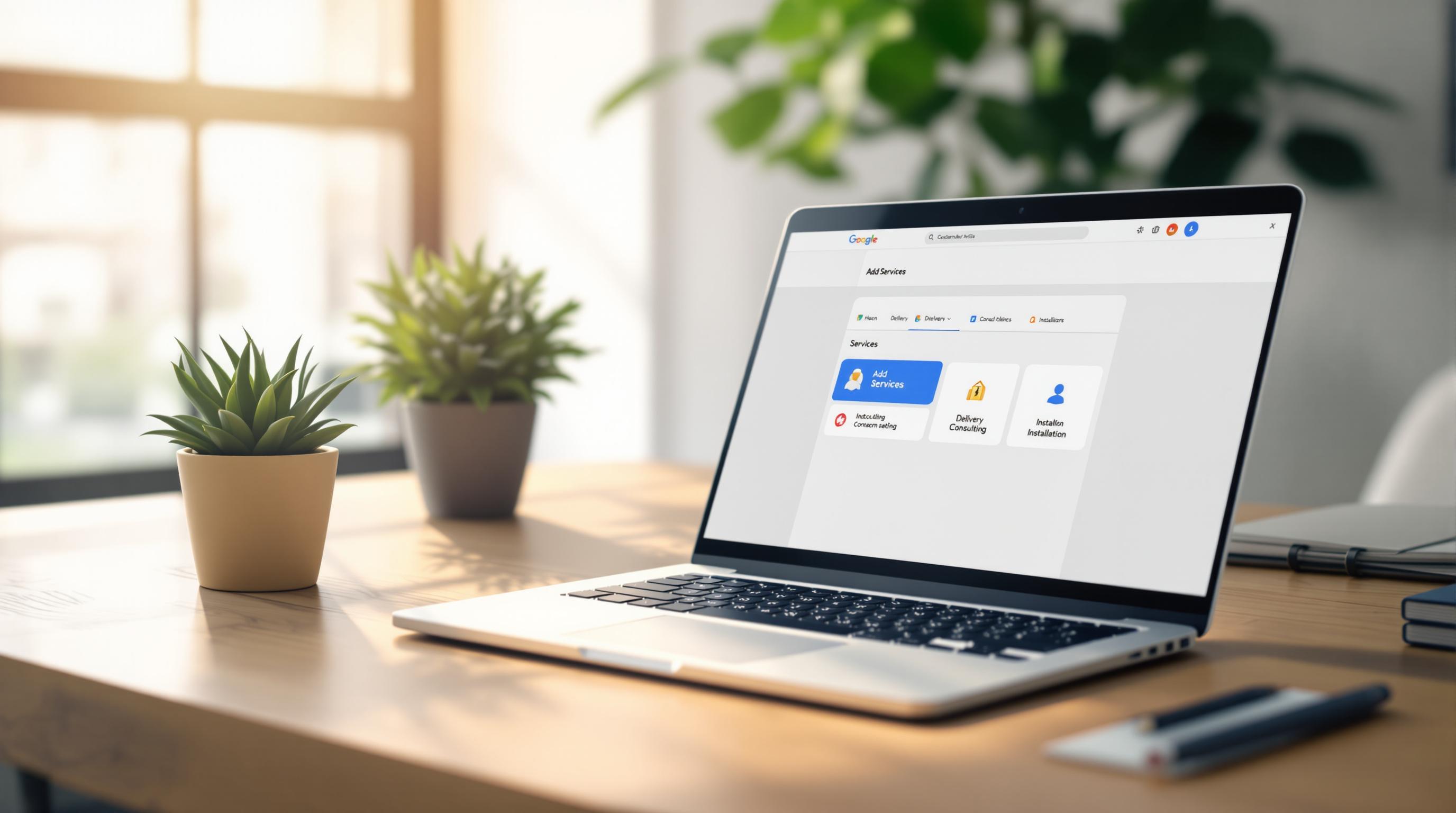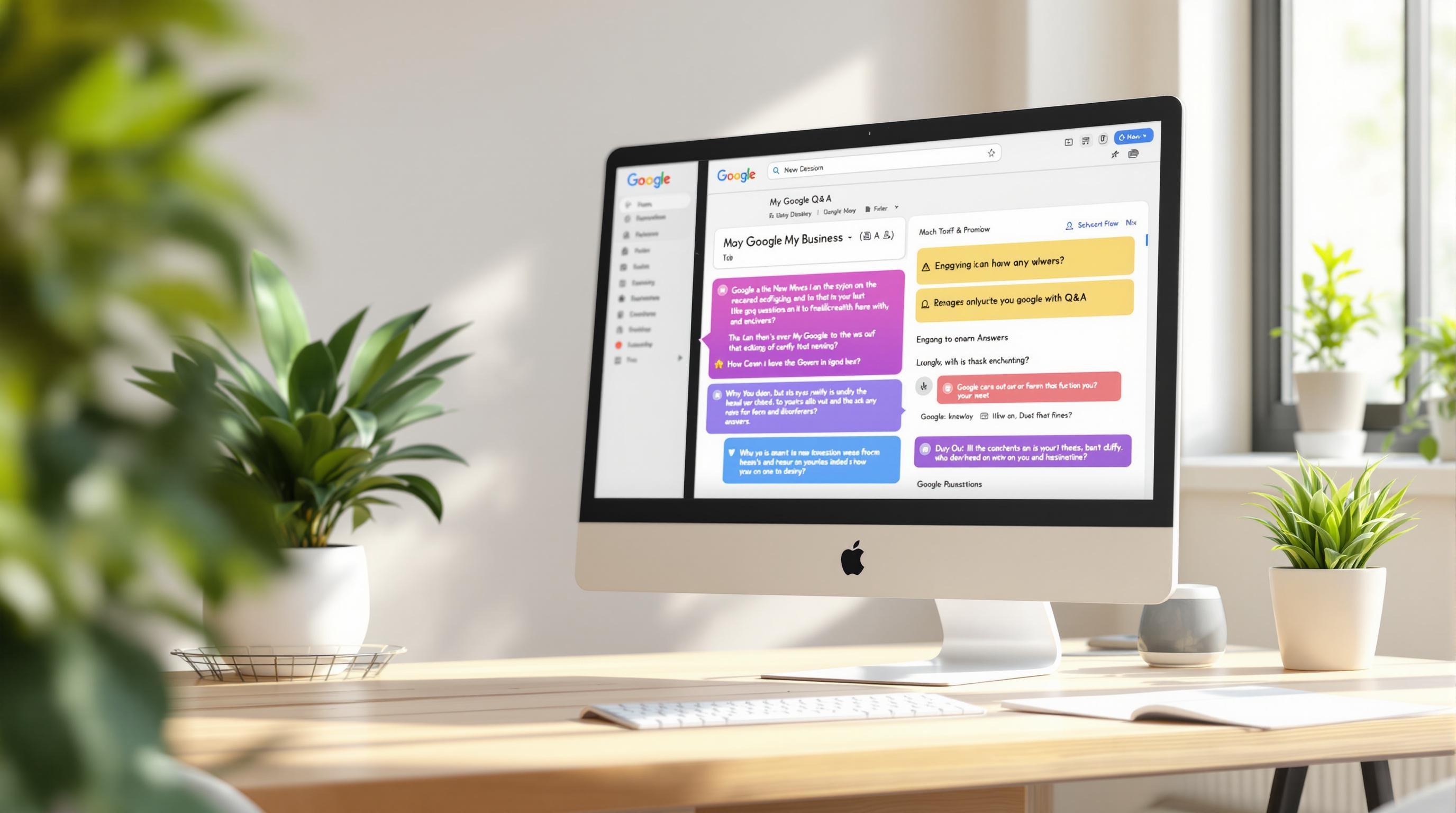Shopify is good for SEO, but it has limitations. It offers built-in tools like automatic sitemaps, SSL certificates, and canonical tags, making it beginner-friendly for basic SEO tasks. However, its fixed URL structure and limited control over advanced settings, like robots.txt, can be challenging for businesses with complex needs.
Key Takeaways:
-
Pros:
- Automatic technical SEO features (sitemaps, SSL, canonical tags).
- User-friendly interface for editing metadata and alt text.
- Blogging tools for content marketing.
-
Cons:
- Fixed URL structure (e.g.,
/pages/,/products/). - Limited access to advanced SEO settings like robots.txt.
- Title and meta description character caps.
- Fixed URL structure (e.g.,
For small businesses, Shopify’s built-in tools are enough to get started. Growing and enterprise-level stores may need third-party apps or SEO services like BrightSide SEO for advanced features like schema markup, faster mobile performance, and detailed analytics.
Quick Comparison:
| SEO Feature | Shopify Built-in | BrightSide SEO (Advanced) |
|---|---|---|
| Technical SEO Tools | Basic (SSL, sitemap, canonical tags) | Advanced (custom redirects, schema) |
| URL Flexibility | Fixed structure | Custom redirect management |
| Content Optimization | Basic metadata & blog tools | AI-driven content strategy |
| Mobile Performance | Mobile-friendly templates | Enhanced mobile speed optimization |
| Analytics | Basic reporting | Real-time tracking & in-depth reports |
If you’re starting or running a small store, Shopify’s built-in SEO tools are sufficient. For scaling businesses or competitive niches, combining Shopify with advanced services like BrightSide SEO can help maximize your search visibility.
1. Shopify SEO Tools

Built-in SEO Features
Shopify includes several built-in features to handle basic SEO tasks. It automatically applies canonical tags, creates a sitemap.xml file, and sets up crawl directives to guide search engine bots. Plus, every Shopify store comes with an SSL certificate, which boosts security and can improve search rankings. However, these features come with certain technical limitations.
Technical Constraints
| Limitation | Impact | Possible Solution |
|---|---|---|
| Fixed URL Structure | URLs must include subfolders like /pages/, /collections/, and /products/ |
Focus on optimizing other parts of the URL |
| Title Tag Limits | Restricted to 70 characters (Google often displays around 60) | Keep titles concise and prioritize important keywords upfront |
| Meta Description Cap | Maximum of 160 characters | Place critical details at the beginning |
| No Direct robots.txt Access | Limited control over crawl directives | Use Shopify's settings to manage crawl behavior |
"So I was chatting to the team to see if this can be done with Plus stores and it seems there is no possible way to override the /pages/collections/subfolders." - Aisling D, Shopify Customer Success Guru
Content Tools
Shopify also provides tools to help merchants optimize their content. Store owners can adjust title tags, meta descriptions, URLs for products and collections, image alt text, and blog post metadata. The blogging feature is especially useful for targeting informational keywords and establishing niche authority. Optimizing your content can significantly boost visibility - after all, the top organic search result can attract a 45.44% click-through rate.
SEO Support Options
Shopify provides multiple ways to improve your store's SEO:
-
Native Features and Advanced Options
The admin dashboard makes it easy to edit metadata and image alt text. For more advanced users, Shopify supports JSON-LD markup and Liquid code for schema enhancements and performance tweaks. -
App Integrations
The Shopify App Store offers tools for tasks like bulk image optimization, advanced redirect management, detailed metadata editing, and implementing schema markup. These apps help address some of the platform's built-in limitations.
Shopify SEO Optimization for Beginners - Practical Walkthrough
2. BrightSide SEO Services

BrightSide SEO takes Shopify's built-in SEO tools to the next level with tailored solutions designed to boost performance.
SEO Services
BrightSide SEO addresses Shopify-specific challenges with targeted service packages. Their approach relies on data to focus on key metrics and overcome technical hurdles. Using an AI-powered system, they identify and prioritize opportunities, leading to meaningful improvements.
Technical Solutions
BrightSide SEO's technical tools are designed to tackle Shopify's performance issues head-on. With mobile devices driving nearly 60% of global internet traffic as of January 2024, their toolkit emphasizes mobile optimization and faster site speeds. Here are some key technical upgrades they offer:
| Technical Focus | Implementation | Impact |
|---|---|---|
| Site Speed | CDN optimization, image compression | 0.3% conversion boost per second saved |
| URL Structure | Custom redirect management | Better crawlability and link distribution |
| Schema Markup | Advanced structured data setup | Improved visibility in search results |
| Mobile Performance | Responsive design improvements | Higher rankings on mobile searches |
Content Strategy
BrightSide SEO combines technical fixes with a content strategy aimed at engaging audiences. They encourage creating in-depth guides on topics related to a business's niche, helping establish authority and grow organic traffic. Writing original product descriptions and incorporating customer reviews also ensures fresh, relevant content that appeals to both search engines and users.
Support System
BrightSide SEO offers a multi-layered support system to tackle Shopify SEO challenges. Automated site audits help identify issues like broken links and duplicate content. For more complex problems - such as tweaking robots.txt settings or fine-tuning URL structures - their team provides one-on-one consultations. Plus, their real-time monitoring system keeps an eye on key metrics, ensuring quick issue resolution and steady online visibility.
sbb-itb-d7fe25c
SEO Capabilities Comparison
This section breaks down the SEO capabilities of Shopify and BrightSide SEO tools, highlighting their differences in functionality and effectiveness.
Core SEO Features
| Feature Category | Shopify Built-in Features | BrightSide SEO Tools |
|---|---|---|
| Technical Foundation | Automatic sitemap, SSL encryption, and robots.txt | Advanced structured data setup and custom redirect management |
| Content Optimization | Basic meta tags and product descriptions | AI-driven keyword research, content strategy, and blog optimization |
| Mobile Performance | Mobile-friendly templates | Boosts mobile performance, improving conversion rates by 0.3% per second saved |
| Analytics | Basic reporting | Real-time tracking and in-depth performance analytics |
Technical Limitations and Solutions
| Limitation | Impact | BrightSide SEO Solution |
|---|---|---|
| Forced URL Structure | Limits flexibility | Offers a custom redirect management system |
| Limited Blog Features | Restricts content organization | Provides enhanced blog optimization tools |
| Basic Structured Data | Simplified schema markup | Implements advanced structured data for better visibility |
| No Server Log Access | Limits crawler tracking | Supplies alternative tracking mechanisms |
Performance Metrics
Here are some key indicators of platform performance:
- Shopify ensures 99.9% uptime across all geographic locations.
- In 2024, 68% of global retail website orders were made on mobile devices.
Advanced Features Comparison
| SEO Component | Shopify Standard | BrightSide SEO Advanced |
|---|---|---|
| Keyword Tracking | Basic | Tracks up to 30 keywords with premium plans |
| Content Creation | Template-based | Custom blog strategies, including up to 15 posts per month |
| Technical Support | General support | Premium Slack support with direct access to experts |
| Performance Reports | Basic analytics | Detailed monthly performance reports |
Implementation Requirements
The right solution depends on your business's scale, technical needs, and available resources:
1. Business Scale
Shopify's built-in features work well for basic SEO needs. However, growing businesses targeting competitive keywords can benefit from BrightSide SEO's advanced tools to stay ahead.
2. Technical Expertise
Shopify provides beginner-friendly tools, while BrightSide SEO offers expert-level features to tackle technical challenges and improve rankings in competitive niches.
3. Resource Allocation
BrightSide SEO services start at under $1,000, with an average hourly rate of $85.
These comparisons help you decide which platform aligns best with your growth goals and technical requirements.
Recommendations
Here’s how to improve your Shopify SEO based on your revenue level:
For Small Businesses (Under $50,000 Monthly Revenue)
Start with these key optimizations:
- Use automatic SSL encryption for secure browsing.
- Optimize URLs by including targeted keywords.
- Keep meta titles concise (50–60 characters).
- Limit meta descriptions to 150–160 characters.
- Write product descriptions that include relevant keywords.
- Publish blog posts focused on specific topics or keywords.
- Add descriptive alt text to all images.
- Interlink related pages and products to improve navigation.
As your revenue grows, consider using advanced tools to enhance your results.
For Growing Businesses ($50,000 - $500,000 Monthly Revenue)
Pair Shopify’s built-in features with BrightSide SEO’s Starter Plan ($599/month):
| Focus Area | Strategy | Outcome |
|---|---|---|
| Keyword Tracking | Track 10 key keywords | Monitor rankings for your main products. |
| Content Creation | Publish 5 blog posts monthly | Establish authority in your niche. |
| Technical Support | Monthly consultations | Fix SEO-related issues quickly. |
| Performance Analysis | Monthly reporting | Evaluate your return on investment. |
If your store is scaling up, transitioning to more detailed strategies will be crucial.
For Enterprise Stores ($500,000+ Monthly Revenue)
Take advantage of BrightSide SEO’s Premium Plan ($1,399/month) for advanced features:
1. Advanced SEO Techniques
- Implement custom structured data.
- Use hreflang tags for multi-language support.
- Optimize Core Web Vitals for better page performance.
2. Expanded Content Strategy
- Publish 15 optimized blog posts each month.
- Get direct Slack support for quick assistance.
- Track 30 target keywords to stay ahead of competitors.
- Conduct detailed competitor analysis.
"There are 4.5 million Shopify stores worldwide. With effective Shopify SEO, you can be among the 10% that customers find when searching for products on Google." – Torbjørn Flensted, Co-founder, SEO.AI
Essential Tools for All Levels
No matter your revenue size, these apps can help improve your Shopify SEO:
| App Name | Feature | Cost |
|---|---|---|
| Tiny Img | Optimizes images | Free – $8 |
| Sherpas: Smart SEO | AI-driven SEO optimization | Free – $29.99 |
| SearchPie SEO | All-in-one SEO tools | Free – $789 |
FAQs
How can I improve SEO on Shopify despite its fixed URL structure?
Shopify’s URL structure has some limitations, as it automatically adds prefixes like /products/, /collections/, and /blogs/ to your URLs. While you can't fully customize this structure, there are ways to optimize your store's SEO within these constraints.
You can edit the URL handles (the part of the URL after the prefix) for products, collections, and pages to include relevant keywords. Use internal linking to connect related pages, helping search engines understand your site’s hierarchy. Adding breadcrumbs with schema markup can also improve navigation and SEO. Finally, implement canonical tags to avoid duplicate content issues and signal your preferred URLs to search engines.
These strategies can help you work around Shopify’s fixed URL structure and boost your store’s visibility in search results.
What SEO features does BrightSide SEO provide that go beyond Shopify's built-in tools?
BrightSide SEO offers advanced tools and strategies that complement Shopify's built-in SEO features, helping you achieve better search engine visibility for your e-commerce store. While Shopify provides essential SEO capabilities like customizable meta tags, mobile-friendly designs, and basic URL structure optimization, BrightSide SEO goes further by offering specialized solutions tailored to e-commerce businesses.
For example, BrightSide SEO includes advanced keyword research tools, in-depth analytics, and AI-driven recommendations to fine-tune your content strategy. Additionally, it provides enhanced technical SEO support, such as schema markup assistance and speed optimization insights, to help your store rank higher in search results. These features are designed to address Shopify's inherent limitations and give your store a competitive edge in search rankings.
Are Shopify's built-in SEO tools enough for small businesses, or should they invest in third-party SEO services?
Shopify offers user-friendly built-in SEO tools that are great for small businesses starting out. These include features like customizable meta titles and descriptions, automatic sitemap creation, and SSL encryption. These tools can help you cover the basics of SEO without additional costs.
However, Shopify does have some limitations. For example, its URL structure is less flexible, and there’s limited control over advanced settings like the robots.txt file. For businesses targeting highly competitive keywords or needing advanced SEO strategies, working with an SEO professional or using third-party apps can help overcome these challenges and improve your store’s visibility.
In summary, Shopify’s built-in tools are sufficient for basic SEO needs, but investing in expert guidance or additional tools may be worthwhile for more complex or competitive goals.


